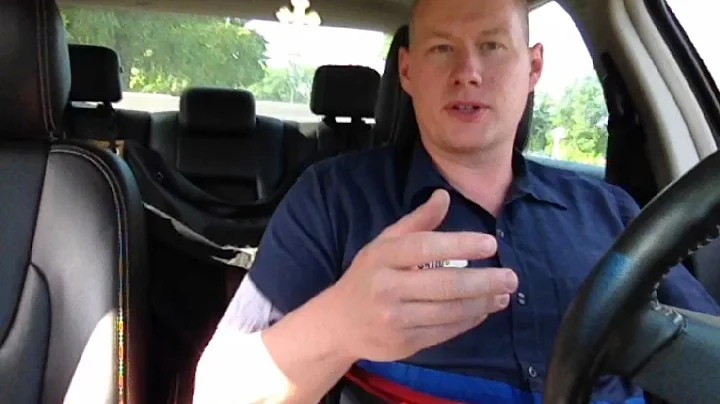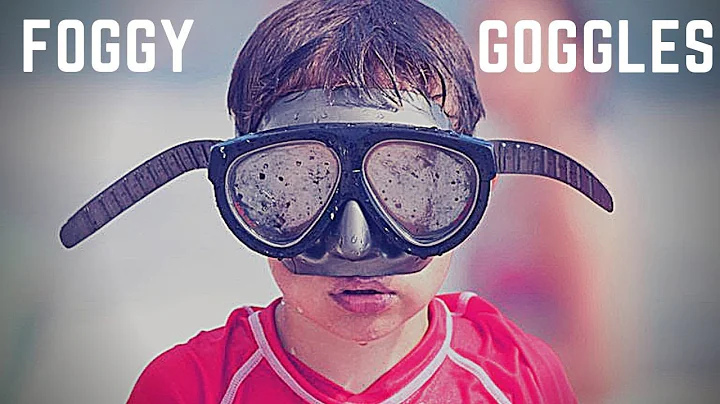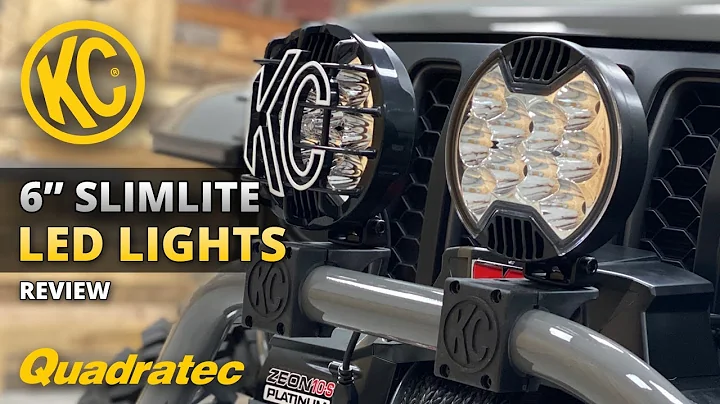Master the Art of Removing Stripped Screws with These Proven Techniques!
Table of Contents
- Introduction
- Quick tips for removing stripped screws
- Using vice grips to remove a stripped screw
- Snapping off the stripped screw
- Using a drill with a lockable chuck
- Using damaged screw extractors
- Step-by-step guide to using damaged screw extractors
- Conclusion
Introduction
🔍 Are you tired of dealing with stripped screws? Don't worry, we've got you covered. In this article, we will share some quick tips and techniques for effectively removing stripped screws. Whether you're a DIY enthusiast or a professional carpenter, these methods will come in handy when you encounter stubborn screws. So, let's dive in and learn how to tackle this common problem!
Quick tips for removing stripped screws
🔧 Before we jump into the specific techniques, here are a few quick tips that can help you in the process:
- Use the right tools: Ensure you have the necessary tools such as vice grips, a drill with a lockable chuck, or damaged screw extractors.
- Work in a well-lit area: Adequate lighting will make it easier to see and handle the screws.
- Be patient: Removing stripped screws requires finesse and patience. Rushing the process may lead to further damage.
- Take precautions: If you're working on a delicate or cosmetic surface, opt for methods that won't mar or damage the surface.
- Use personal protective equipment (PPE): Safety goggles and gloves are essential when dealing with screws to protect your eyes and hands.
Using vice grips to remove a stripped screw
💡 One of the most straightforward methods to remove a stripped screw is using vice grips. Here's how to do it:
- Adjust the tension: Open the vice grips and adjust the tension to fit the screw head securely.
- Firmly grip the screw: Clamp the vice grips onto the stripped screw head, ensuring a tight hold.
- Turn counterclockwise: Using a firm grip, rotate the vice grips counterclockwise to unscrew the stripped screw.
- Success! The screw should come loose and can be easily removed.
⚠️ Pros: Quick and easy method, works well on screws with accessible heads.
❌ Cons: May damage the screw head if not careful, may not work on screws in hard-to-reach areas.
Snapping off the stripped screw
💡 Sometimes, removing the entire screw is not necessary, especially if it's stuck or embedded in the material. In such cases, snapping off the stripped screw can be an effective solution.
- Assess the situation: Determine if snapping off the screw is a viable option, as it may leave a part of the screw embedded in the material.
- Choose the right tool: Opt for a tool such as pliers or wire cutters that can easily snap off the screw.
- Grip the screw: Hold the tool firmly over the exposed part of the screw.
- Apply gentle pressure: Slowly and steadily apply pressure until the screw snaps off.
- Remove any remaining piece: If a part of the screw is still sticking out, use pliers or other appropriate tools to extract it from the material.
⚠️ Pros: Quick solution, useful when removing the entire screw is not necessary.
❌ Cons: Leaves a part of the screw embedded, may require additional extraction techniques.
Using a drill with a lockable chuck
💡 If you're dealing with surface damage concerns, using a drill with a lockable chuck can be an effective method to remove stripped screws without causing further harm. Here's how to do it:
- Choose the right drill bit: Select a drill bit that matches the size of the stripped screw head.
- Position the drill: Place the drill bit perpendicular to the screw head.
- Lock the chuck: Ensure the drill is set to a reverse direction and lock the chuck securely.
- Start drilling: Apply gentle pressure and begin drilling into the stripped screw head.
- Slow the drilling speed: As the drill bit engages with the screw, reduce the drilling speed for better control.
- Reverse the drill: Once the drill bit has created a significant grip, switch the drill to forward motion and gently back out the screw.
⚠️ Pros: Safe and effective method for removing stripped screws without damaging the surface.
❌ Cons: Requires a drill with a lockable chuck, may not work in tight spaces.
Using damaged screw extractors
💡 When it comes to stubborn and deeply embedded stripped screws, damaged screw extractors can be a game-changer. This method allows you to remove the screw without damaging the surrounding material. Follow these steps for successful extraction:
- Prepare the damaged screw extractor: Select the appropriate size extractor from the kit, ensuring it matches the screw size.
- Drill into the screw head: Attach the cutting side of the extractor to a drill and gently drill into the center of the stripped screw head.
- Reverse the extractor: Flip the extractor bit to the reverse threaded side.
- Extract the stripped screw: Apply gentle pressure while turning the extractor counterclockwise. The reverse threading helps grip the screw and extract it from the material.
- Remove the screw: Once the screw has been loosened, use pliers or other suitable tools to completely remove it.
⚠️ Pros: Specifically designed for stubborn screws, doesn't damage the surrounding material.
❌ Cons: Requires a damaged screw extractor kit, may be more time-consuming compared to other methods.
Step-by-step guide to using damaged screw extractors
📝 Here's a step-by-step guide summarizing the process of using damaged screw extractors:
- Load the cutter side: Insert the cutting side of the extractor into the drill chuck.
- Drill out the screw head: Apply gentle pressure and drill into the center of the stripped screw.
- Flip the bit: Remove the drill from the screw, flip the bit to the reverse threaded side.
- Extract in reverse: Insert the reverse threaded side of the extractor into the newly drilled hole.
- Use reverse motion: Set the drill to reverse and gently turn the extractor counterclockwise.
- Remove the screw: Once the screw loosens, use pliers or other suitable tools to remove it completely.
Conclusion
🎉 Congrats! You are now equipped with various techniques to tackle stripped screws. Remember to choose the method that suits your specific situation and take your time to ensure a successful outcome. With the right tools and a bit of patience, you'll be able to confidently remove stripped screws like a pro.
🔔 Don't forget to subscribe and hit the bell icon to stay notified about our latest content. If you found this article helpful, share it with your friends and help them overcome the frustration of stripped screws. Let's continue building and sharing knowledge together!
Highlights
- Quick tips and techniques for removing stripped screws
- Using vice grips, snapping off the screw, using a drill with a lockable chuck, and damaged screw extractors
- Step-by-step guides for each method
- Pros and cons of each technique
- Importance of safety precautions and patience
FAQ
Q: Can I use pliers instead of vice grips?
A: While pliers can be used as an alternative, vice grips offer better grip and control over the stripped screw.
Q: Can I reuse damaged screw extractors?
A: Yes, damaged screw extractors can be reused multiple times, making them a valuable tool for future projects.
Q: Are damaged screw extractors suitable for all types of screws?
A: Damaged screw extractors are designed to work with most standard screw sizes and types. However, it's important to choose the right size extractor for optimal results.
Q: Is it possible to remove screws without any specialized tools?
A: While specialized tools make the process easier, some DIYers have had success using rubber bands, super glue, or using a rotary tool to create a new groove for a screwdriver.
Q: Are there any preventative measures to avoid stripping screws?
A: To prevent screw stripping, use the correct screwdriver size, apply proper pressure, and avoid overtightening. Pre-drilling pilot holes in certain materials can also prevent damage to the screws.
Resources







